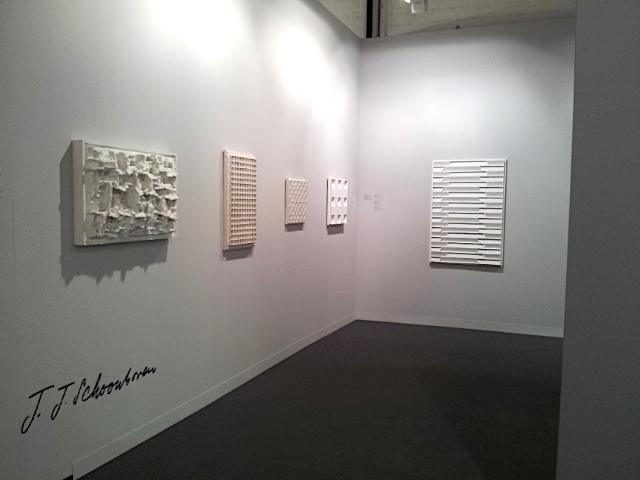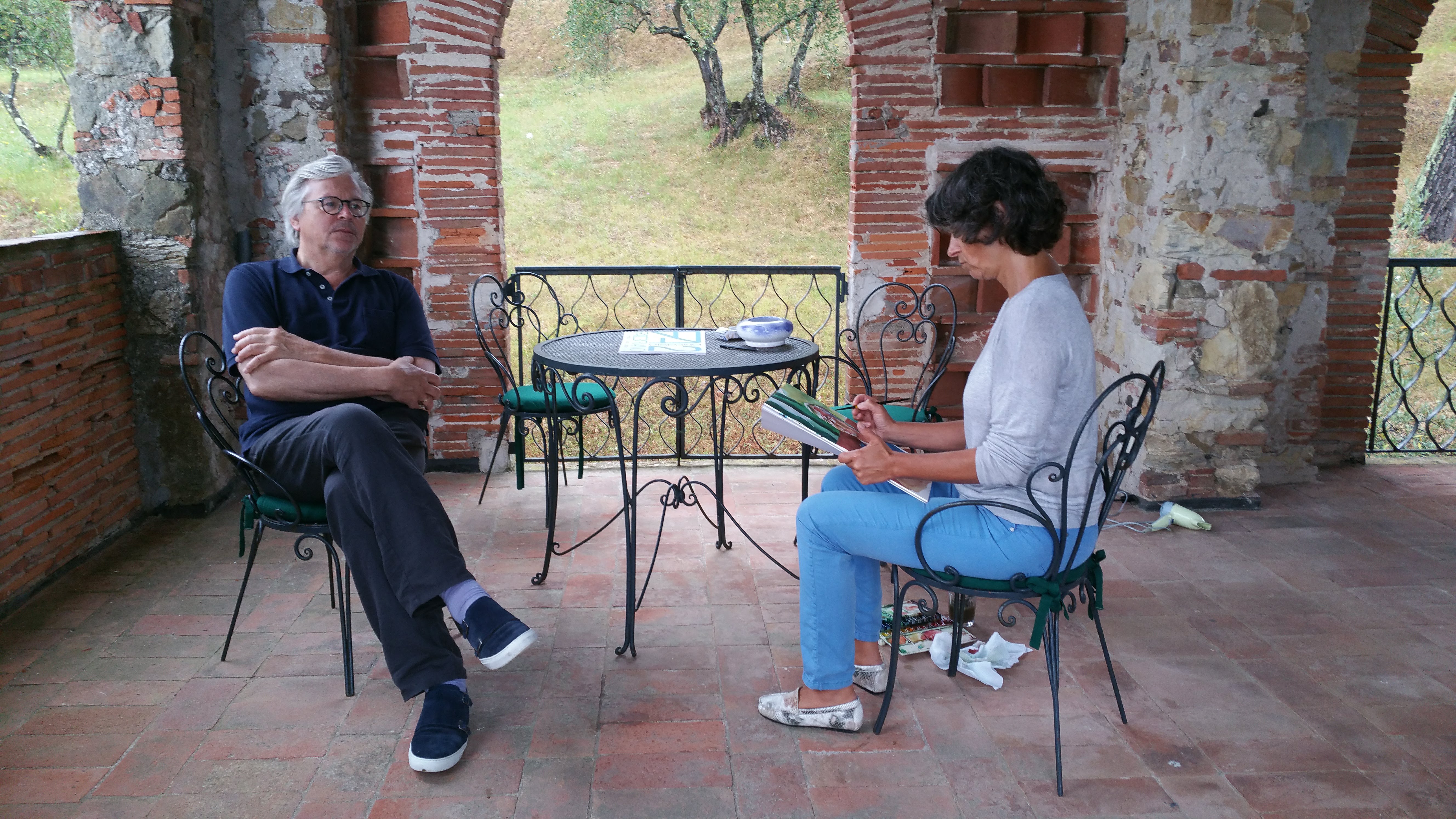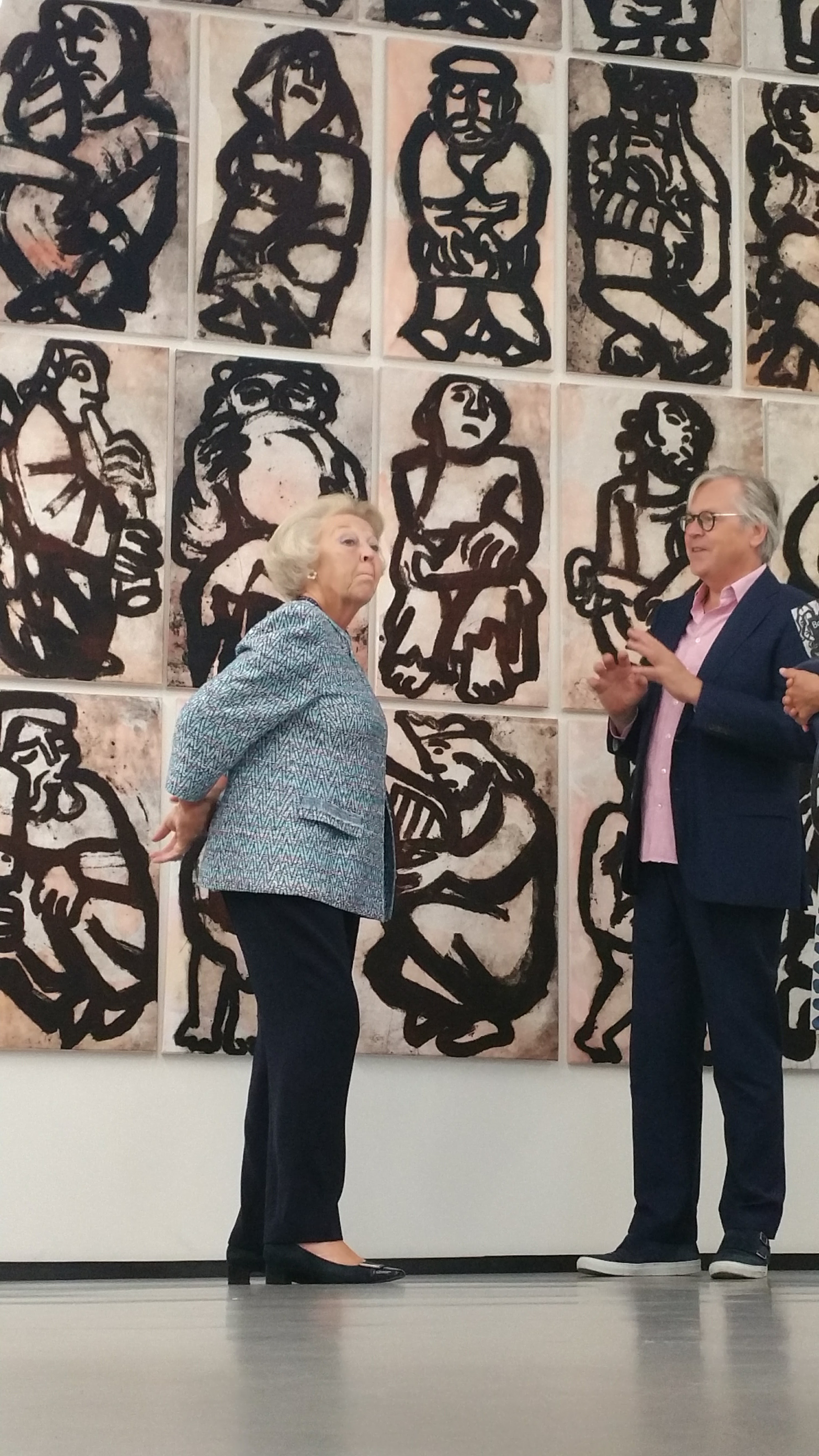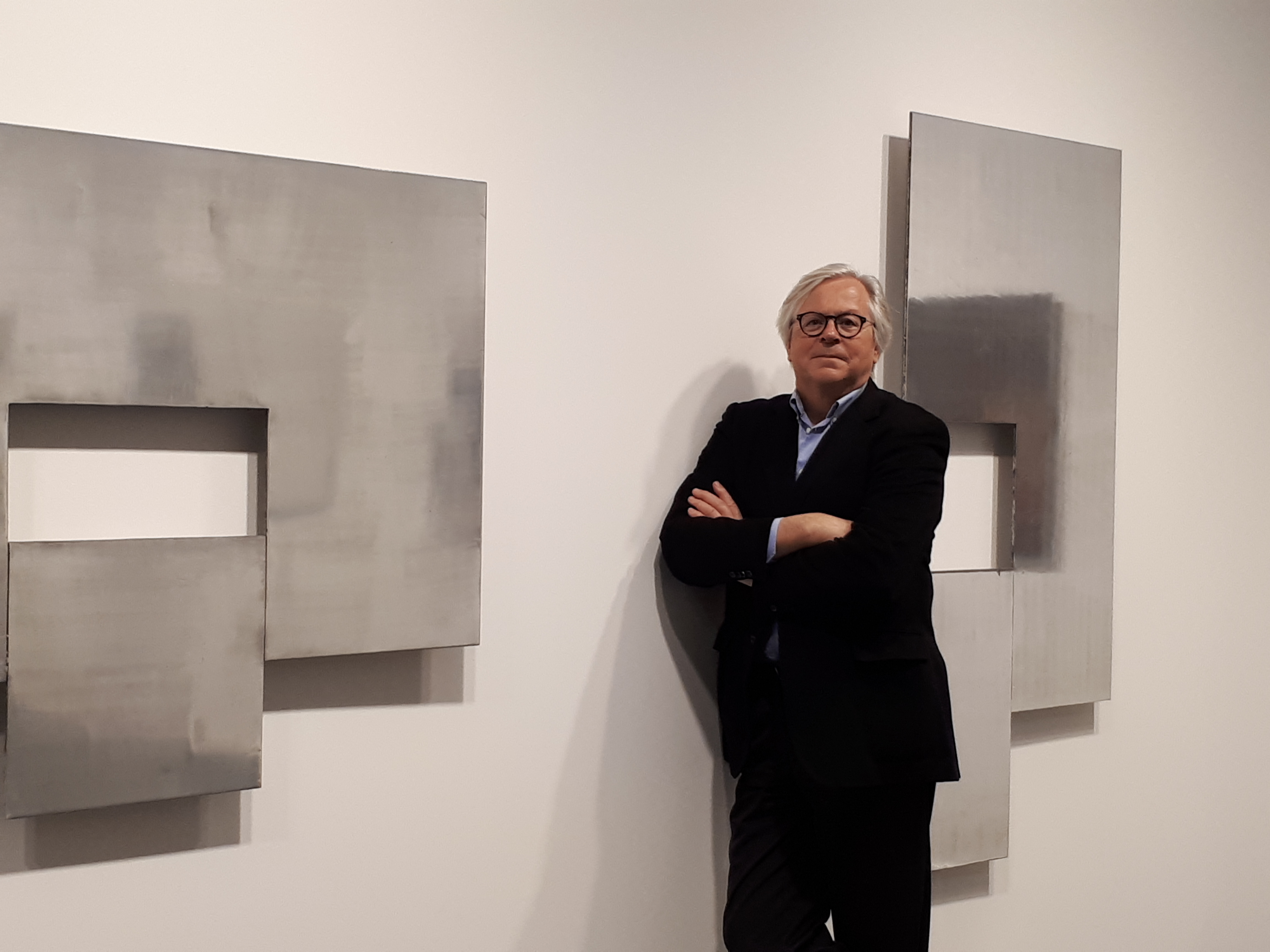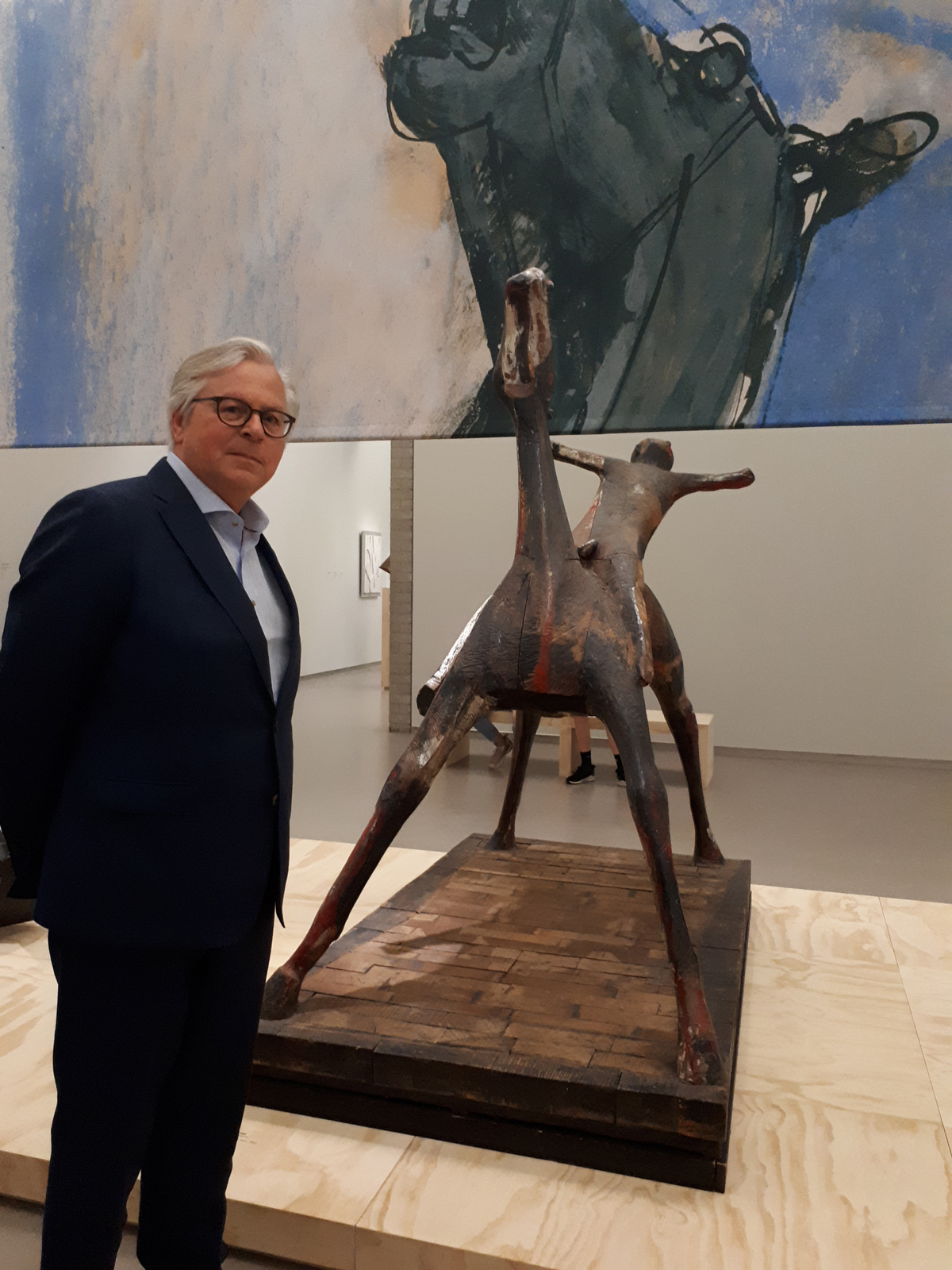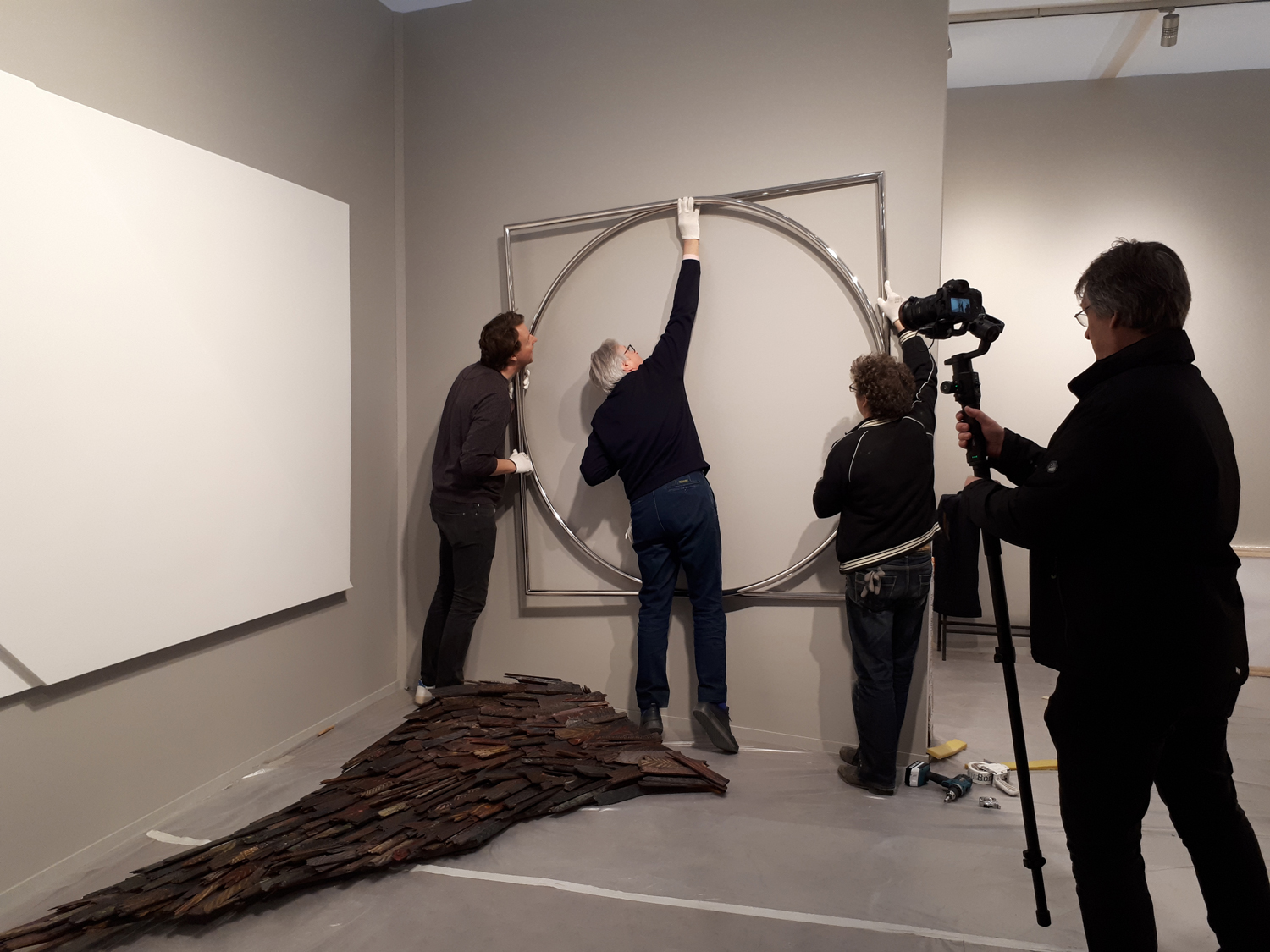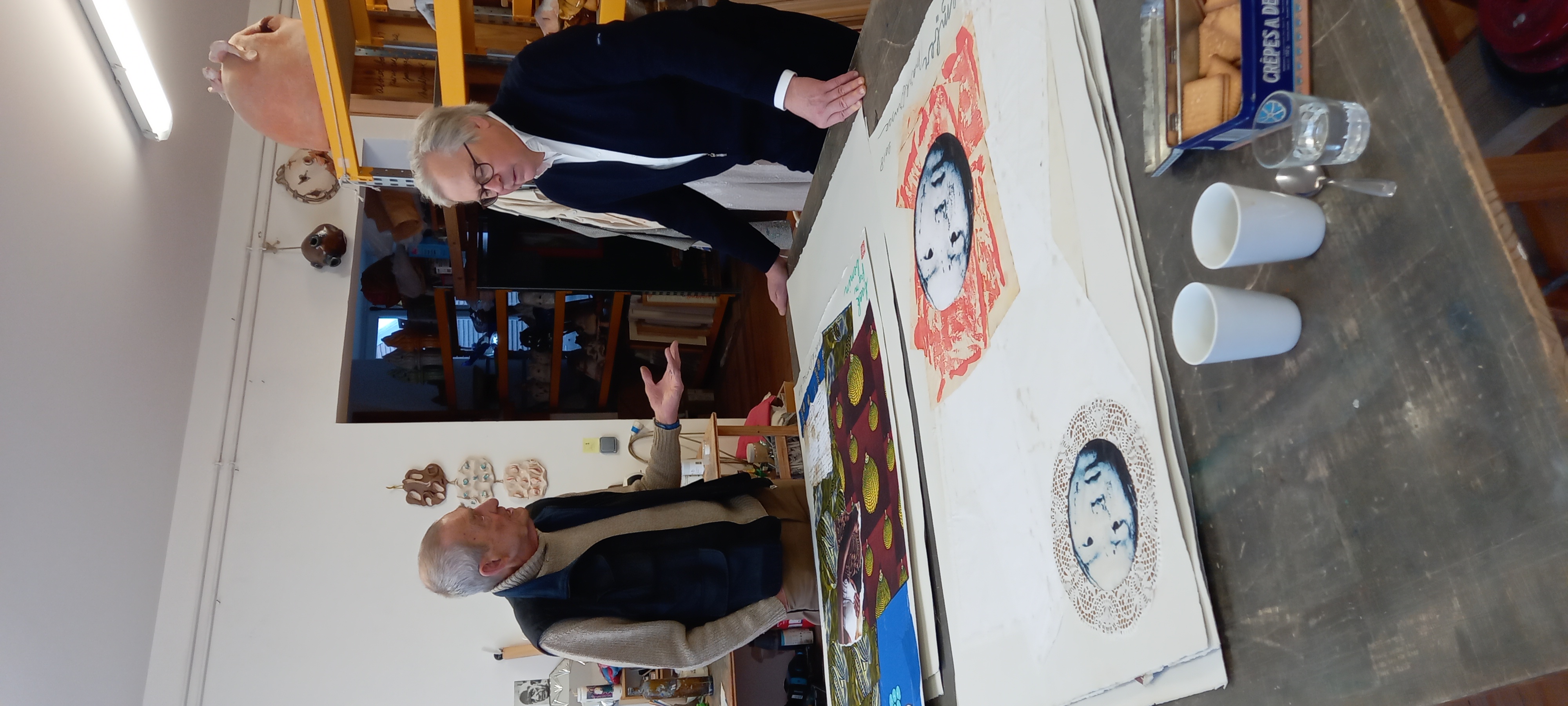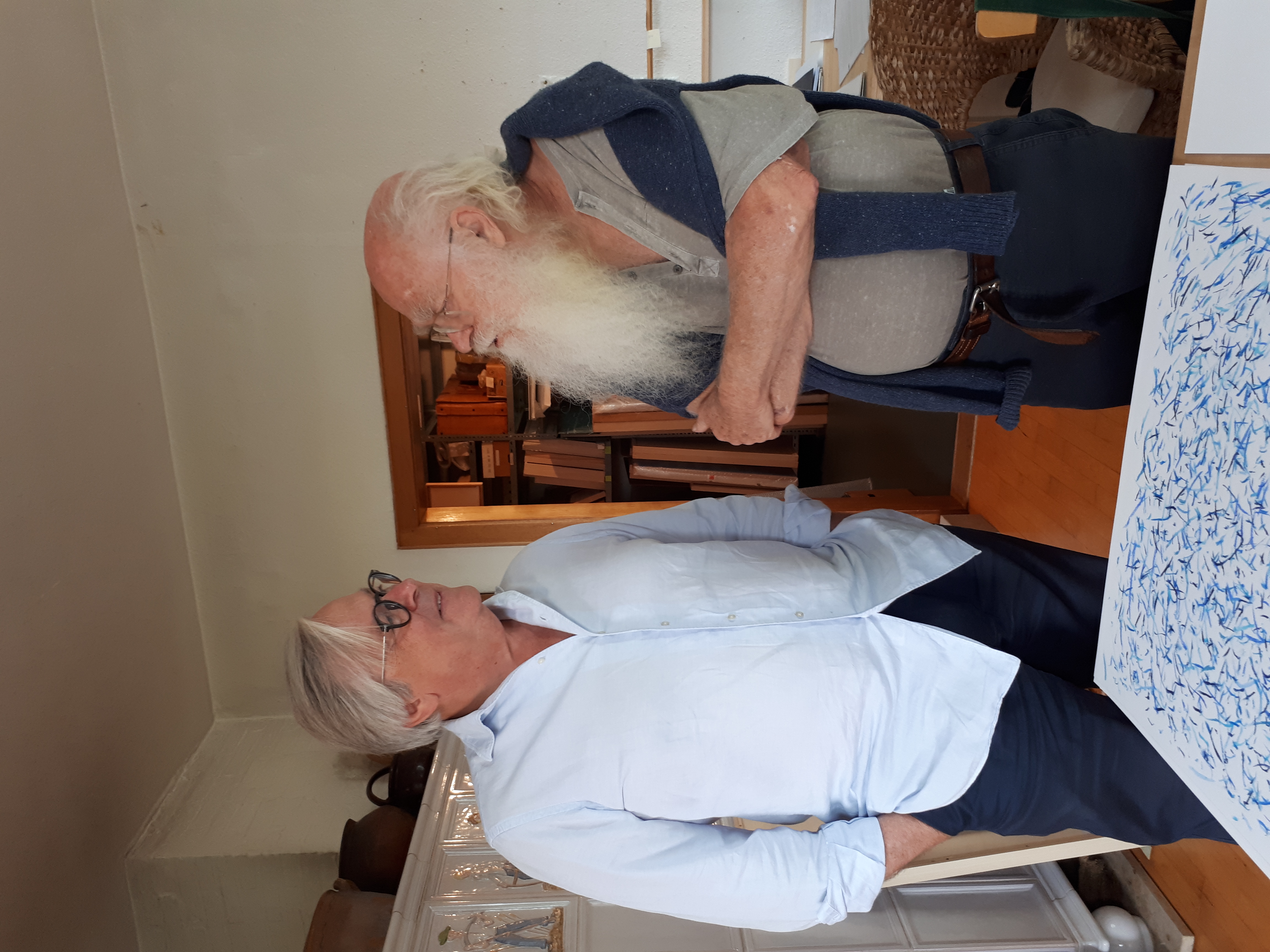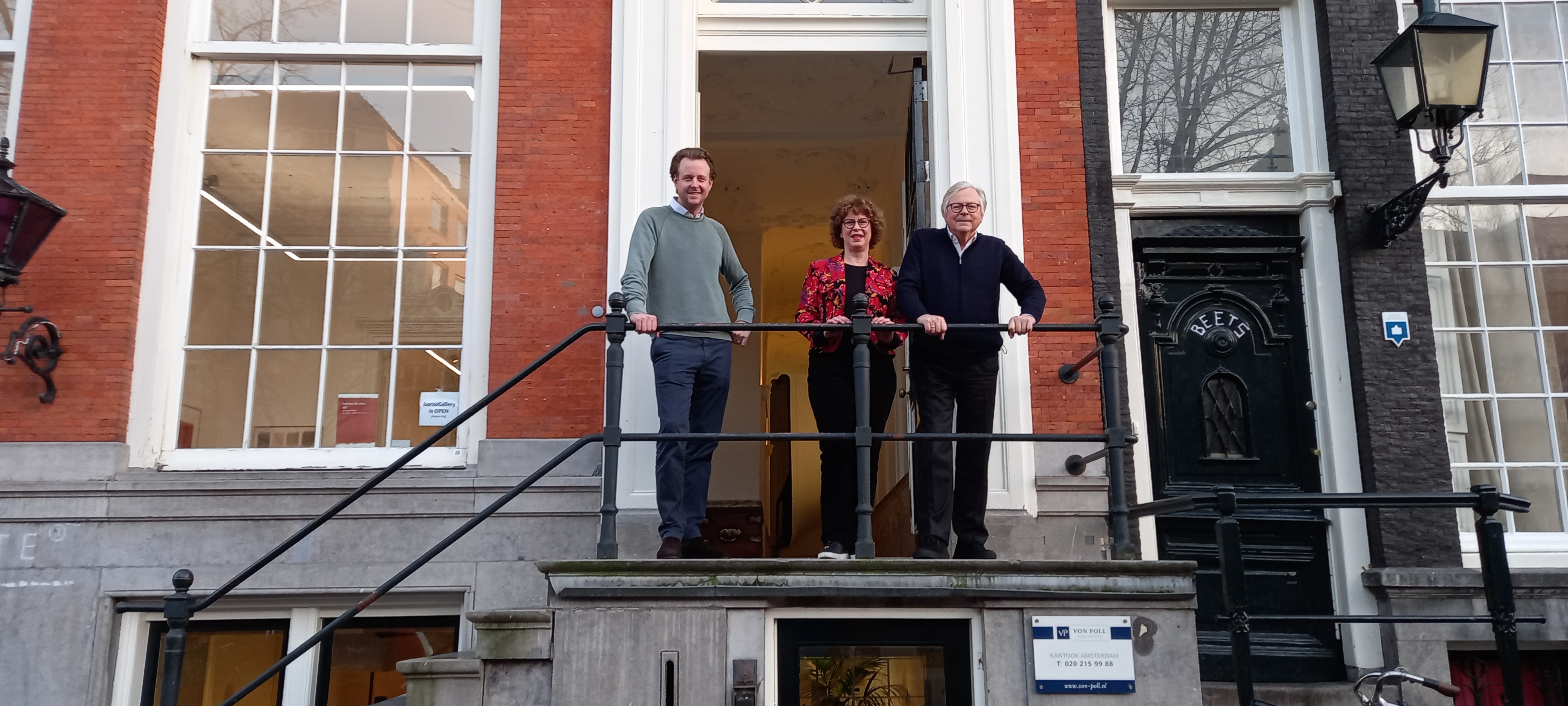24 december 2021, Oscar van Gelderen
The gallery of... Paul van Rosmalen
We’re you exposed to art while growing up?
You can say that again. The history of Borzo dates back almost 200 years, when the Italian Joseph Borzo settled in 's-Hertogenbosch. My grandfather took over this business in 1924 and I am now the third Van Rosmalen generation in the art trade. From a very early age, I learned about art at home, although the ins and outs of the business of an ordinary middle-class merchant family was an equally important factor in the conversations I overheard at the table as a child.
How did you come into contact with the art world?
It was an introduction that was as natural as it was inevitable. In the parental home there was rarely talk about anything else, touching not only upon the visual arts, but architecture and music were just as much a topic of conversation in the Van Rosmalen household. Museum visits were of course part of that, although mobility in the 1950s and 1960s was not nearly as self-evident as today.
A visit to the Kröller-Müller Museum, for example, was a favourite Sunday outing, combined with walking and 'climbing trees' in the forests of the Hoge Veluwe. As a boy of about ten, I remember very vividly my confrontation with – and admiration for – Marino Marini's large wooden horse and rider, which was perhaps my first conscious introduction to modern art. I remember a similar experience when my father and I visited the Stedelijk Museum and I saw Edward Kienholz's 'The Beanery', which had just been acquired by the museum at the time.
What was your first job in a gallery? Or did you immediately start a gallery yourself?
As a holiday job, I learned to carve passe-partouts in the frame workshop that was then still associated with the art trade. It only got more serious when after the HBS in Amsterdam, when, as a student, I joined the auction house Mak van Waay, which later merged with Sotheby's. It wasn't until ten years later, in the late 1970s, that I went 'home' after my father had finally persuaded me to join him in his business. The almost ten years of experience I gained at Mak van Waay / Sotheby's has been of vital importance in my 'art education'.
How would you describe your gallery’s profile?
The contrast between Kunsthandel Borzo from 's-Hertogenbosch and the resulting BorzoGallery in Amsterdam is great, although it was a fairly logical development for me.
Growing up between the Hague School of Mesdag and Maris, after taking over my father's business in 1987, I quite consistently set the tone for modern and contemporary art. Borzo's 'profile' nevertheless remains that of a gallery that looks at the past with respect and where art history forms an extremely important guideline on which contemporary art is based. In 2005, we relocated to Amsterdam, and since two months we have been established at a new location, at Keizersgracht 321.
What do you think is the best part of being a gallerist?
Being a gallery owner almost by definition implies dealing exclusively with contemporary, young art, while we do our best to make the transition from past to present as smooth as possible. Today's artists stand the shoulders of their predecessors, and it is exciting to see whether those shoulders turn out to be a support and a foothold or a reason to jump off and walk a completely new path.
Which national / international galleries do you feel an affinity with?
I have great admiration for colleagues who are able to recognize young talent long before this talent has matured. I feel especially related to international galleries where past and present are shown as a logical alliance.
In an ideal world, which artist would you most like to represent?
I would like to make studio visits to Andrea Mantegna, Piero della Francesca, Giorgio Morandi and Marino Marini. I would also be very pleased to be able to mediate in a monumental commission to Tintoretto. On my return from Italy I would like to visit Johannes Vermeer and Jan Schoonhoven in their studios in Delft, after which I would fly to New York to consult with Mondriaan and Rothko for their next exhibition in Amsterdam. Then I drive to Long Island to see if Willem de Kooning's 'Rosy Fingered Dawn at Louse Point' is still available…
What has changed in the art world since you took your first steps?
A lot has obviously changed in an adult life of more than fifty years in this profession. The art world has become more international, more business-like and highly competitive, unfortunately also more speculative. With the arrival of many thousands of new artists, it has become increasingly difficult for them in particular to continue to follow their passion and vocation, where the growth of art buyers has lagged behind the supply. Digitization and online presentation are both new and unavoidable aspects in the art world. It is to be hoped that art and its experience will turn out to be less fleeting than the speed at which the social media rush past us. On the other hand, social media offer an unprecedented opportunity to act quickly and effectively in reaching and informing customers and large groups of culture enthusiasts.
What / whose work do you collect yourself?
I would be very happy with some of the works by the artists above, but since that remains a utopia, I am very happy to be able to keep a drawing for myself every now and then. Apart from the fact that most of the works are beyond my budget, I also don't want to be a competitor of our customers. Who knows, one day it may turn out that our stickers have formed the core of our collection.
Has the pandemic changed the way you see the artworld?
Definitely! The forced closure and the absence of national and international art fairs has cut us off from valuable contacts with our customers. No virtual encounter and no digital image can replace the physical confrontation with a work of art, any more than watching a movie on DVD can come close to a real theatre or concert experience. Precisely the lack of these 'real' experiences has only confirmed and reinforced the conviction that a world in which art and culture are under pressure is certainly a poor one in that respect.

